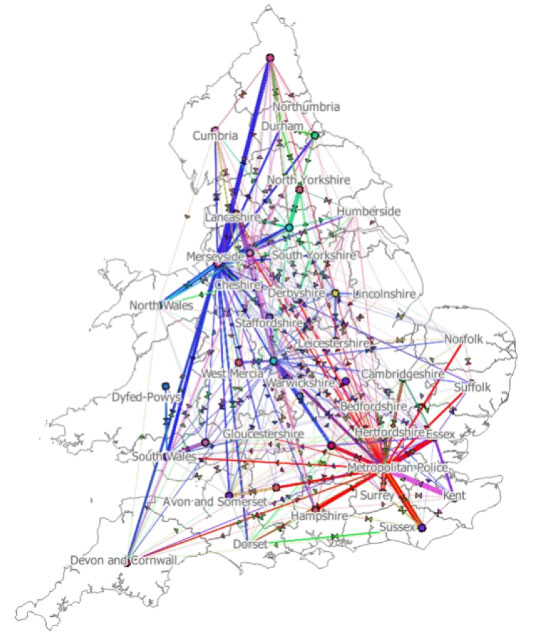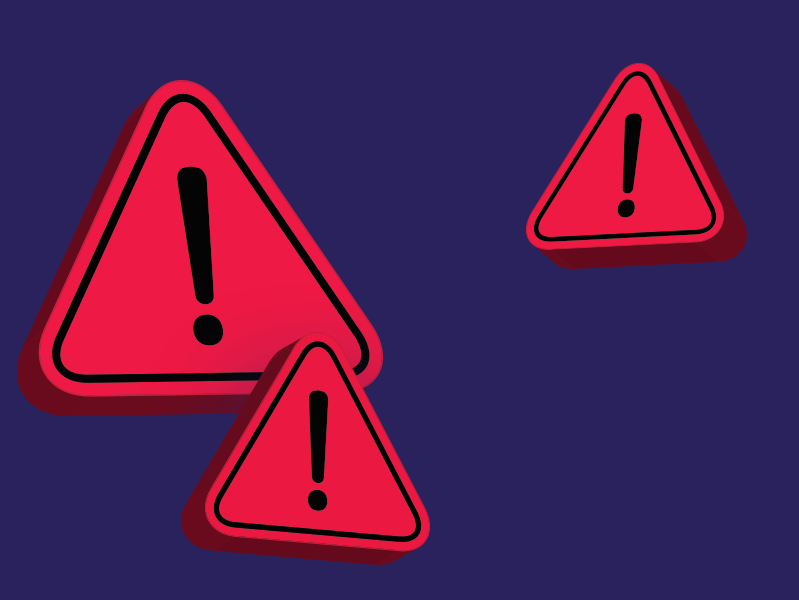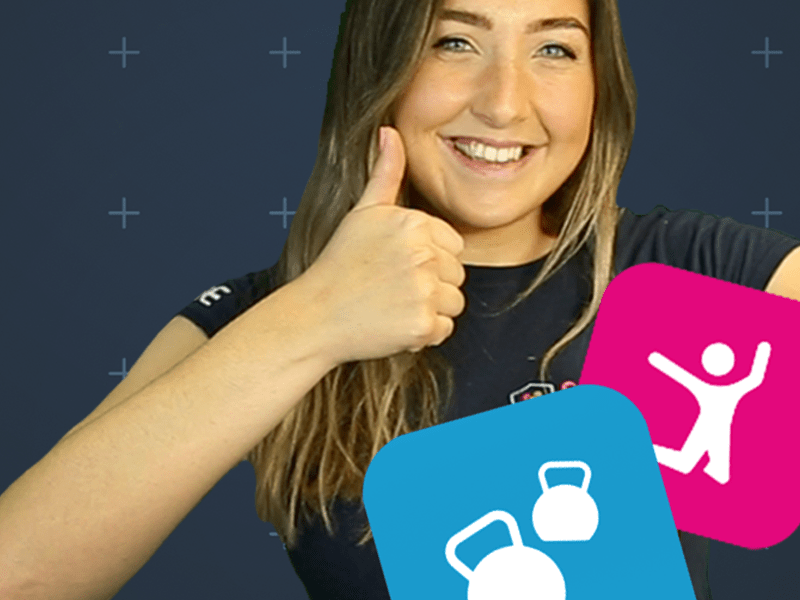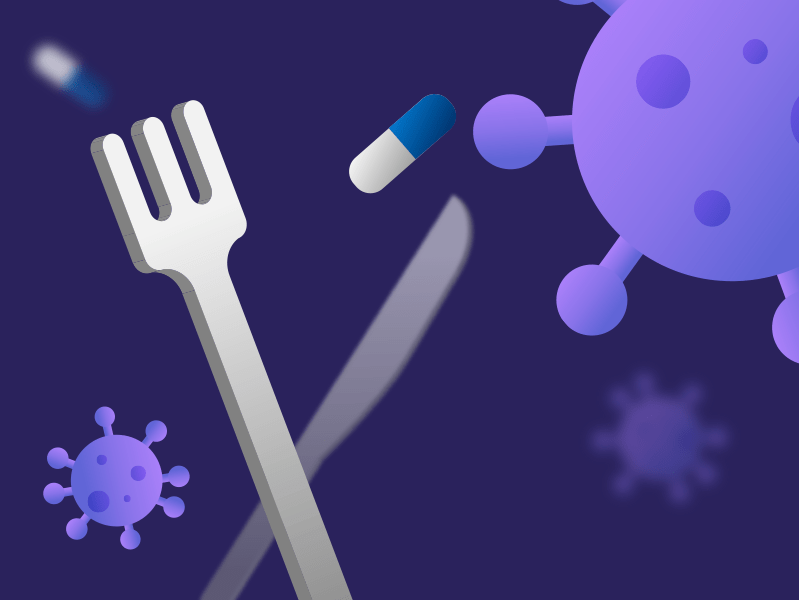Last Updated on 28th September 2023
The National Crime Agency reports that 88% of police forces in England and Wales have an established or emerging County Lines problem in their area. Since the police force’s County Lines Programme launched in 2019, they have closed 3,588 county lines, arrested 10,209 people and referred 5,727 people for safeguarding. County lines is the term used by police to describe this activity. This article tells you more about the so-called ‘county lines’ phenomenon, how you can recognise the signs and what you can do if you are concerned.
What is ‘County Lines’?
The term ‘county lines’ refers to a complex phenomenon that is largely based around organised crime groups trafficking drugs across the country. The issue includes significant safeguarding risks to children and young people who may be criminally or sexually exploited and exposed to risks from drugs, weapons, serious violence, modern slavery and trafficking.
Once a new market has been identified, gang members will advertise the availability of their drugs on social media and open their supply routes. Normally this involves exploited children being used as drug mules to carry the product from urban areas to other locations across the country. This is referred to as: Going up country, going ‘ot’ (out there), going ‘cunch’ or running a line.
Trap Houses and ‘Cuckooing’
Trafficking groups will use a ‘Trap House’ in a newly identified location. This is a house gained through ‘Cuckooing’; the practice of taking over the home of a vulnerable adult. Very young children have been found living in these premises.
How do County Lines groups exploit children and young people?
In 2019, the Children’s Commissioner estimated that there were 60,000 children and young people who are part of a gang or have a sibling who is a gang member and 300,000 children who may know a gang member. As the County Lines problem has increased, it is likely that there are now even more children and young people in gangs.
County Lines groups consistently exploit children and young people to conduct risk heavy errands such as delivering drugs. It’s important to note that although it may appear as though some young people are willing members of these groups, it is more likely that they are the victim of various grooming and exploitation tactics.
County lines and the use of technology and social media
New technology and social media are key to the communication infrastructure, operating and recruiting practices of gangs. Many local gang members are viewed as celebrities and some have huge social media followings. They often feature in their gang‘s music videos: presenting their lifestyle in the context of excitement, money, lavish possessions and access to drugs.
Social media is also used by the gangs to direct, track and control young people. Whether using location-based services or live streaming facilities to oversee and or monitor where they are and what they are doing or the use of compromising and incriminating digital collateral. Their level of control can be all-encompassing.
The digital images captured during such acts are kept and become the collateral by which a gang member can coercively control (blackmail) a young person by threatening to publish the image on social media or share them with others.
Gangs are known to create a situation where the child believes they financially owe the gang and will subsequently work for free, to work off their debt. They may also be subject to sexual exploitation to pay off debts from drugs they have been pressured into using by the gang. Children will not seek help from police, fuelled by fear of self-incrimination or retribution from gang members.
Gangs target vulnerable children including those that are homeless, looked after or living in unhappy homes. The Children's Commissioner recently found gang associated children were 77% more likely to have an identified mental health need than other children assessed by children's services – and twice as likely to have a history of self-harm.
Clean Skins
Children with a 'clean' criminal record, known as 'Clean Skins' are recruited via social media. Since the beginning of the pandemic, children and young people have been spending more time online. This coupled with a lack of contact with safeguarding professionals has increased the risk of gang recruitment.
In many cases, young people have been unfairly criminalised for their involvement in county lines activities and treated as criminals rather than victims of crime. This means children may not receive the help, support and guidance they need and deserve as victims of crime.
Signs that a child or young person is being exploited
There are several signs that parents, carers and safeguarding professionals should watch out for that could signal that a child in your care is being criminally exploited:
Source: Williams and Finlay, 2018
Join our Safeguarding Hub Newsletter Network
Members of our network receive weekly updates on the trends, risks and threats to children and young people online.












